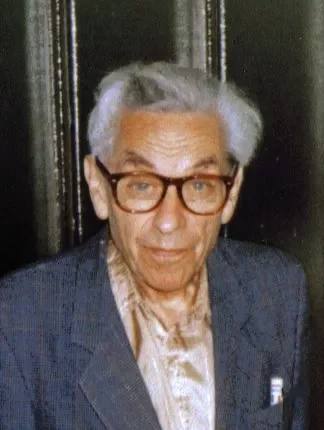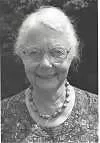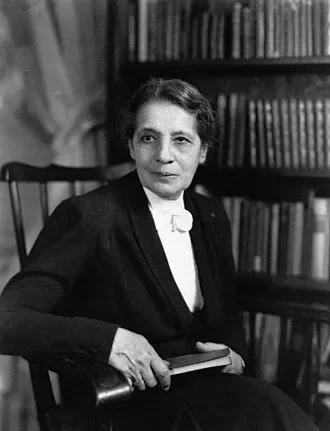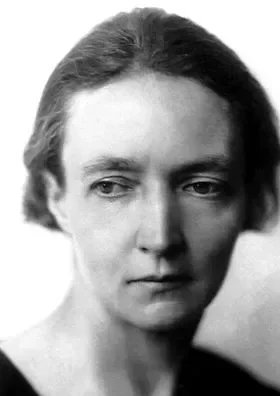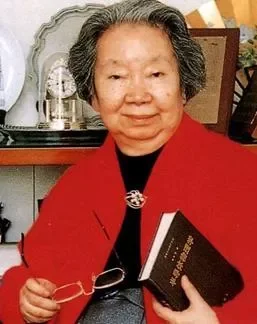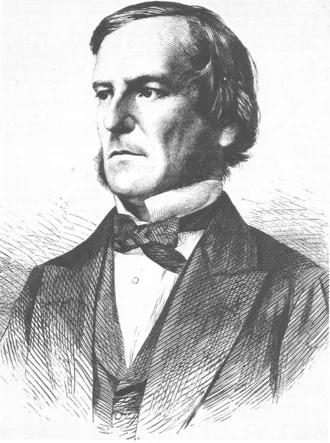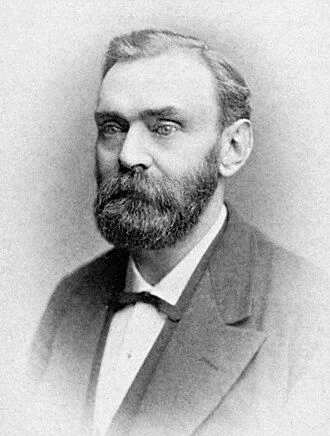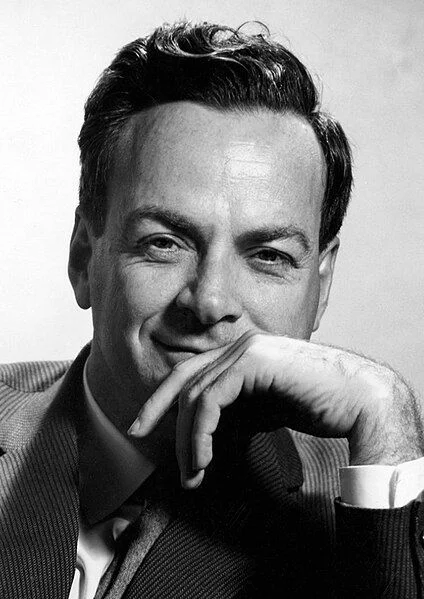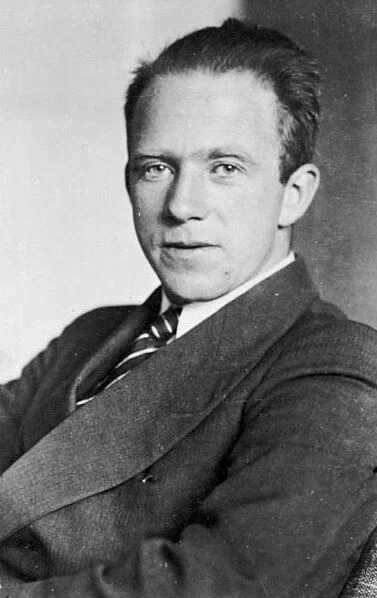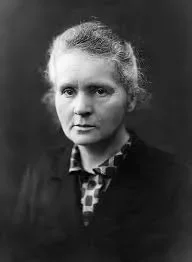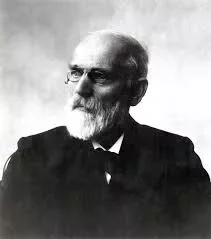Real Celebrities Never Die!
OR
Search For Past Celebrities Whose Birthday You Share
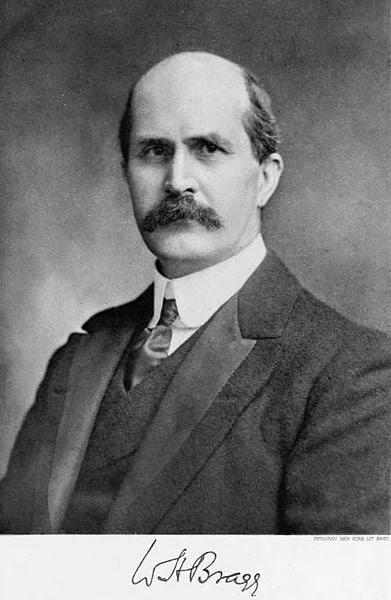
source:wikipedia.org
William Henry Bragg
Birthday:
02 Jul, 1862
Date of Death:
12 Mar, 1942
Cause of death:
Natural causes
Nationality:
British
Famous As:
Chemist
Age at the time of death:
79
Early Life and Education
William Henry Bragg was a distinguished British physicist and Nobel laureate, born on July 2, 1862, in Wigton, Cumberland, England. His contributions to the field of X-ray crystallography and the understanding of crystal structures have left an indelible mark on the scientific community.
Bragg’s early life laid the foundation for his future accomplishments. Growing up in a modest family, he displayed a keen interest in science from a young age. In 1884, he entered Trinity College, Cambridge, where he pursued mathematics. Bragg’s academic prowess quickly became evident, earning him the title of Senior Wrangler, the top mathematics undergraduate at Cambridge.
Early Career and Academia
Upon completing his studies, William Henry Bragg began his professional journey. In 1885, he was appointed a demonstrator in mechanics and mathematics at the University of Adelaide in Australia. This marked the beginning of his career in academia. In 1904, he returned to England to assume the Cavendish Chair of Physics at the University of Leeds.
Groundbreaking Work in X-Ray Crystallography
One of Bragg’s significant achievements occurred in 1912 when he, along with his son Lawrence Bragg, formulated Bragg’s Law. This law became pivotal in the field of X-ray crystallography, allowing scientists to determine the structure of crystals. Their groundbreaking work laid the groundwork for future advancements in the understanding of molecular structures.
Later Contributions and Honors
In 1915, William Henry Bragg took on the role of Quain Professor of Physics at University College London, where he continued his influential research. His dedication to science earned him the prestigious Hughes Medal from the Royal Society in 1915, recognizing his outstanding contributions to experimental physics.
Nobel Prize and Legacy
The pinnacle of Bragg’s career came in 1915 when he and his son Lawrence were jointly awarded the Nobel Prize in Physics for their groundbreaking X-ray crystallography work. This father-son duo became the first and only pair to receive a Nobel Prize simultaneously. Their work significantly advanced the understanding of crystal structures, contributing immensely to the field of physics.
Personal Life and Family
Beyond his professional achievements, Bragg’s personal life reflected a balance between his scientific pursuits and family. He married Gwendoline Todd in 1889, and they had two sons, Lawrence and Robert. Lawrence Bragg, following in his father’s footsteps, became a distinguished physicist in his own right, further emphasizing the Bragg family’s impact on the scientific community.
Leadership and Later Years
In his later years, Bragg continued to make valuable contributions to science. He served as the President of the Royal Society from 1935 to 1940, showcasing his leadership within the scientific community. Bragg’s commitment to education and research left an enduring legacy, influencing generations of physicists.
William Henry Bragg's Quote's
Death and Lasting Influence
Tragically, William Henry Bragg passed away on March 12, 1942, leaving behind a legacy that forever altered the landscape of physics. His pioneering work in X-ray crystallography not only earned him international recognition but also paved the way for advancements in various scientific disciplines.
Bragg’s Legacy
William Henry Bragg’s life journey, marked by humble beginnings and culminating in scientific eminence, is a testament to the transformative power of curiosity and dedication. His legacy endures not only through his groundbreaking discoveries but also through the continued impact of the scientific principles he elucidated. Bragg’s life serves as an inspiration, illustrating the profound influence one individual can have on the trajectory of scientific progress.
Name:
William Henry Bragg
Popular Name:
William Henry Bragg
Gender:
Male
Cause of Death:
Natural causes
Spouse:
Place of Birth:
Wigton, Cumberland, England, United Kingdom
Place of Death:
London, England, UK
Occupation / Profession:
Personality Type
Advocate: Imaginative and strategic thinkers, with a plan for everything. His success was due to his sharp logical thinking skills.
William Henry Bragg and his son Lawrence Bragg made history by being the first and only father-son duo to be jointly awarded the Nobel Prize in Physics. They received the prize in 1915 for their groundbreaking work on X-ray crystallography.
Bragg's academic journey took him to Australia, where he served as a demonstrator in mechanics and mathematics at the University of Adelaide.
Bragg's interests extended beyond physics. He was known for his expertise in various fields, including engineering and mathematics.
Nobel Prize in Physics (1915)
